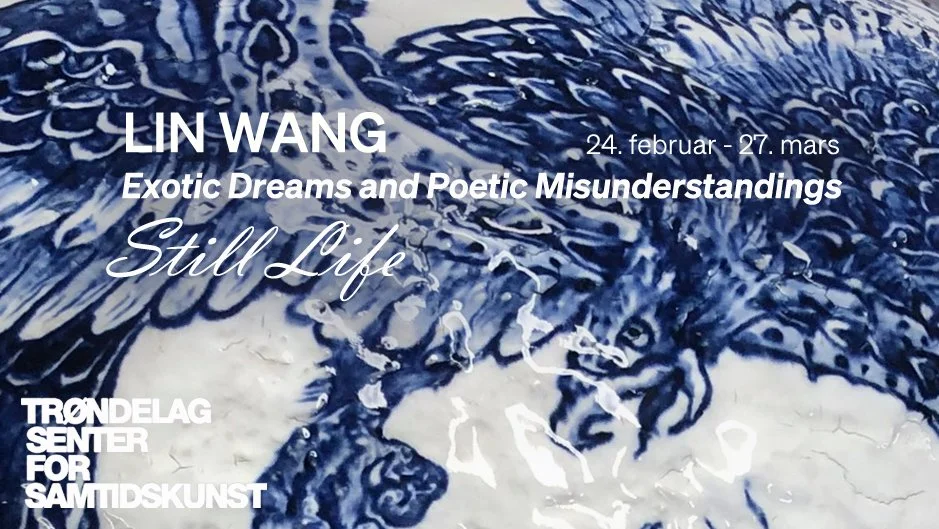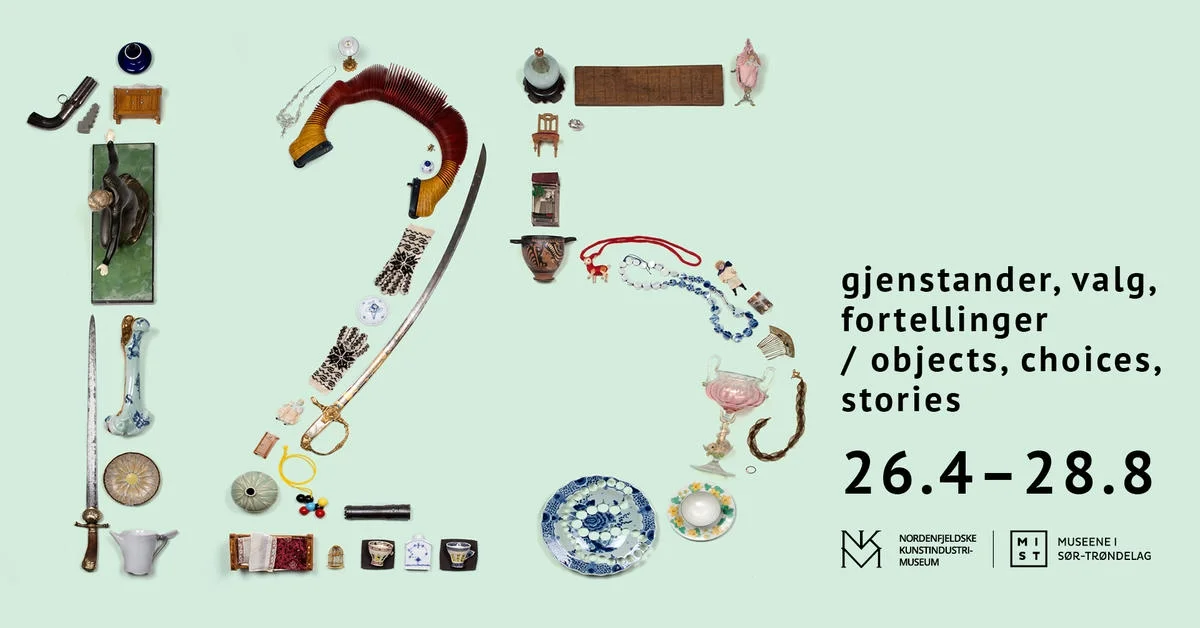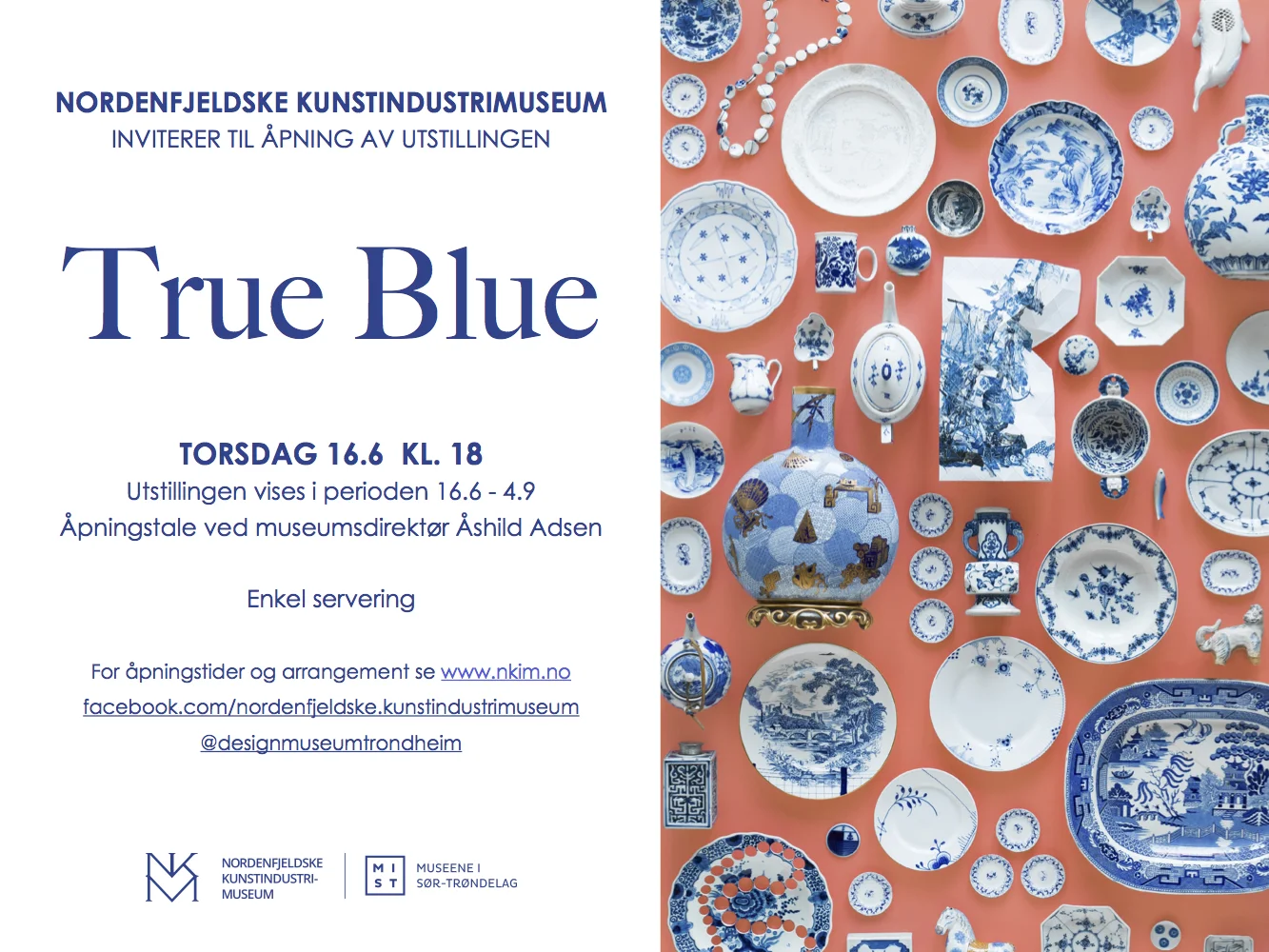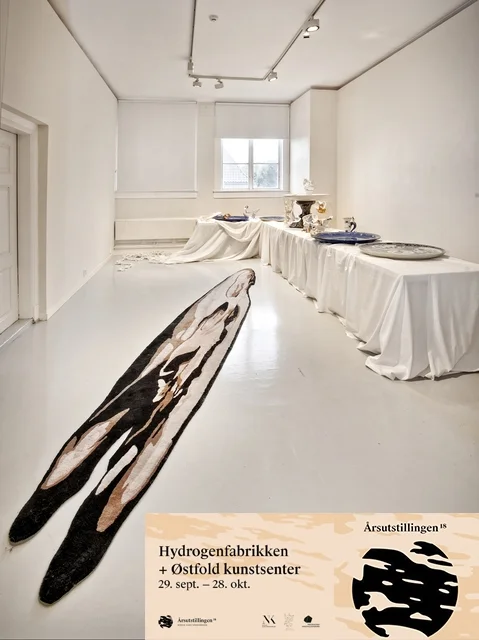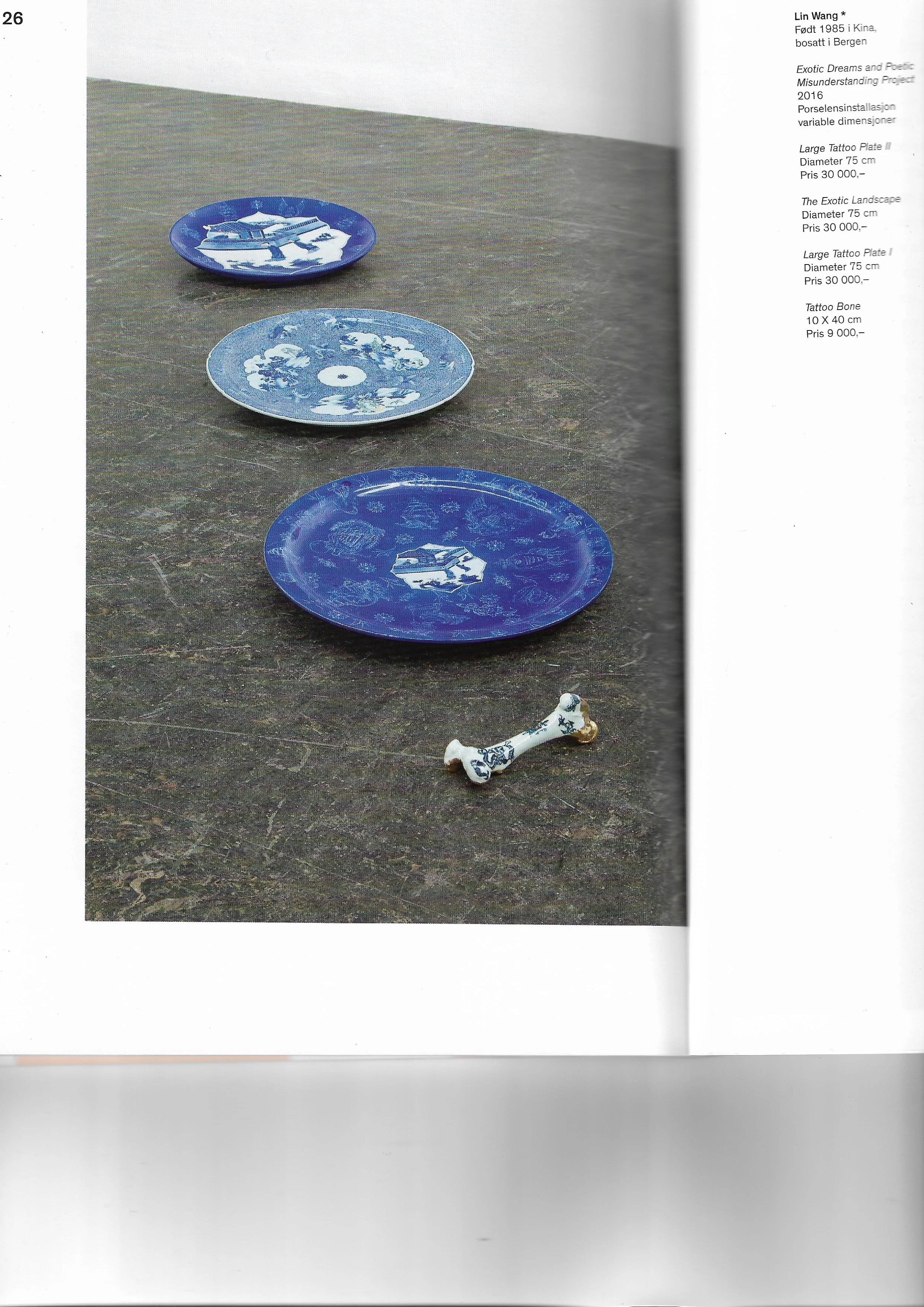Misforsåelser I porcelen
I Lin Wangs keramikkarbeider er formspråket Kinas hvite og blå porselen. mens motivene spiller på europeisk kulturhistorie. -Tekst av Marit Sjelmo
Dette er andre gang du viser arbei der fra Exotic Dreams and Poetic Misunderstanding vol. 2 (2017) på Høstutstillingen. Hva er nytt?
- Prosjektet mitt utvikler seg hele tiden. Skulpturene jeg viser i år handler mer Jeg er opptatt av om klart et erfaringer, og kroppen er helt utgangspunkt for å undersøke dette, vi kan komme fra forskjellige kulturer, men vi har alle dette med å forholde oss til egen kropp og andres kropper til felles.
Hvorfor har du valgt det tradisjonelle kinesiske porselenet som din uttrykksform?
- Porselenet er bare en metafor. For lenge siden, da stor og det ikke fantes så mange kommunikasjonskanaler, var det ingenting som kunne korrigere europeernes forestillinger om Kina. De var poetiske eksotiske drømmer. Det blå porselenets «typisk kinesiske» estetikk var faktisk ikke noe typisk overhodet i Kina. Den ble konstruert av europeiske handelsreisende og produsert utelukkende for eksport til Vesten. Så det å bruke kinesisk porselen med utgangspunkt i det som er stereotypt ved det, var bare et påskudd, en metafor. Jeg ønsket å påkalle situasjonen i verden nå, i et forsøk på å fremme forståelse mellom kulturer. I Europa er bildet av Kina fremdeles veldig preget av stereotypier.
Bruker du dine egne erfaringer prosjektet?
- Ja, prosjektet og jeg har på en måte vokst inn i hverandre. Da jeg kom til Bergen for å ta master ved kunsthøgskolen, kjente jeg ingen, jeg snakket ikke norsk og ikke noe særlig engelsk. Språkbarrieren og kulturforskjellene utgjorde en kjempeutfordring, men samtidig ønsket jeg virkelig å involvere meg i livet her- ikke bare være en turist som observerer her fra utsiden, som tar vakre bilder av Bergen og norske fjorder. Jeg ville ikke bare se, men ta del og også gi noe tilbake. Det virket prøve å bruke kunsten til å løse disse problemene. Det slo meg at misforståelsene som oppsto mellom nordmenn og meg ikke bare var mitt problem. Misforståelser er alltid et gjensidig problem, noe vi deler. Historien er en annen slik ting. Mellom Bergen finnes en historisk forbindelse, nemlig den gamle maritime Silkeveien.
Hvordan tenker du på Silkeveien som forbindelse mellom Bergen og Kina?
-Bergen er en kystby, og det preger livsstilen. Alle har en onkel eller bestefar som var sjømann, og mange av dem seilte til Asia. Jeg begynte å snakke med folk og fikk høre mange historier, for eksempel om sjømenn som forelsket seg i en kvinne i et fremmed land og som aldri vendte hjem igjen. Da jeg stilte ut keramikkfatene mine i Bergen, hvor dekoren er laget ut fra motivene i typiske sjømannstatoveringer, tror jeg mange opplevde en slags merkelig Déjà vu.
De kjente dem igjen, men forsto ikke hvorfor fordi de ikke var vant til å se dem i silk kontekst. Folk begynte å stille meg spørsmål- og dermed var en samtale i gang. Å spille på det vi har felles er en strategi for å få folk inn, for å sette i gang en samtale. Kunsten er bare et påskudd.
Burde kunsten forsøke å «få folk inn», som du sier?
-Ja, jeg tror kunsten har en viktig rolle å spille sosialt og samfunnsmessig. Jeg har vært på mange utstillinger, kanskje spesielt samtidskunstutstillinger, som føles kalde, hvor man kjenner på abstraksjon og fremmedgjøring. Men for meg handler samtidskunst om forhold og forbindelser. Noe av det viktigste samtidskunsten kan gjøre, er å tilby perspektiver på de sosiale strukturene som omgir oss og ta opp samfunnsmessige temaer -men på en annen måte enn for eksempel politikerne kan.
Det er kanskje to forskjellige sfærer?
-Jeg liker det ikke når rammene blir så stive. Jeg forsøker å viske ut grensene mellom kunst og politikk, mellom kunst og alt annet. Det er også et kunstsyn jeg viser her. Det første man burde gjøre som kunstner, er å avklare overfor seg selv hva kunst er for noe, hva som er kunstens premisser. Man burde forsøke å spørre seg selv: «Hva gjør jeg i min praksis, og hvilke forhold eksisterer mellom meg og det sosiale; mellom meg og kulturen jeg er en del av?» Jeg er ikke fornøyd med å lage kunst som bare kan eksistere innenfor en galleri eller museumskontekst. Jeg tror vi trenger at disse grensene flyttes på. Hvis prosjektet mitt bare hadde handlet om å vise vakkert kinesisk porselen til nordmenn, ville det ikke vært særlig interessant.
Prosjektet ditt har jo også et performativt element?
-Ja, absolutt. Jeg bruker meg selv og min kinesiske identitet helt bevisst. Skulpturene mine produseres i Kina og fraktes tilbake til Norge, og slik gjenskaper jeg en historisk hendelse -nemlig hvordan kinesisk porselen pleide å bli eksportert til Europa via sjøveiene. Denne handlingen er en viktig del av prosjektet.
Hva er det neste?
-Jeg har tenkt mye på hvordan jeg kan bruke kunst til å gi nye perspektiver på sosiale problemstillinger. Og så slo det meg plutselig: «Hva med mat? Hvorfor ikke lage en middag?» God mat, interessant samtale, en inkluderende atmosfære- det høres jo ikke så avskrekkende ut? Så neste gang jeg stiller ut, skal det foregå en restaurant, i samarbeid med en kokk. Jeg har fått mye oppmuntring, mye selvtillit, til å fortsette prosjektet. Kanskje særlig til å tro på at jeg kan fortsette å involvere stadig flere mennesker.



